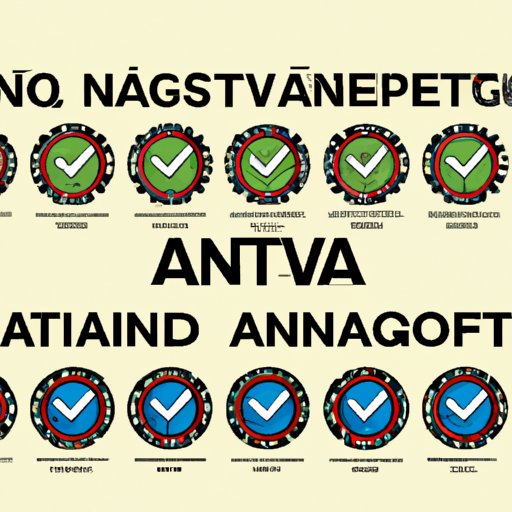Introduction
Software development has become increasingly complex over the years, making it necessary for teams to use robust testing procedures to ensure quality. Manual and automation testing are two of the most common methods used in software testing today. Although these two approaches are similar in nature, there are some key differences that are worth exploring.

A Comprehensive Look at Manual Testing vs Automation Testing
To understand the differences between manual and automation testing, it is important to first define each method. Manual testing is a process where a tester manually runs tests on an application or system, manually entering data and verifying results. Automation testing, on the other hand, is a process where tests are run automatically by a computer program. In this case, the computer program is responsible for entering data and verifying results.

Exploring the Pros and Cons of Both Manual and Automation Testing
When it comes to manual testing, one of the main advantages is that it allows testers to easily identify unexpected behaviors in the system. Additionally, manual testing can be done quickly, allowing testers to quickly find and fix any issues. However, manual testing does have some drawbacks. It can be time consuming and prone to human error, and it can also be difficult to replicate test results due to the subjective nature of the process.
Automation testing, on the other hand, offers many advantages over manual testing. For example, automation testing allows testers to quickly run multiple tests in a short amount of time. Additionally, automation testing is more reliable than manual testing since it eliminates the possibility of human error. However, automation testing does have some drawbacks. It can be expensive to set up and maintain, and it can also be difficult to debug if there are errors in the test scripts.
Understanding the Different Approaches to Manual and Automation Testing
The approach taken when performing manual and automation testing can vary significantly. Manual testing typically involves a tester manually entering data into the system and then verifying the output. This can include entering test data, running tests, and recording results. Automation testing, on the other hand, relies heavily on scripting. The tester will create a script that specifies the steps to be taken, the data to be entered, and the expected results.
Analyzing the Cost-Effectiveness of Manual and Automation Testing
When it comes to cost-effectiveness, manual testing and automation testing have different benefits. Manual testing is generally less expensive than automation testing, as it requires fewer resources. Additionally, manual testing is often quicker to set up, as it does not require the same level of scripting as automation testing. On the other hand, automation testing can be more cost-effective in the long run, as it can save time and money in the long term by eliminating the need to manually enter data and verify results.

Analyzing the Benefits and Drawbacks of Manual and Automation Testing
Both manual and automation testing have their own set of benefits and drawbacks. Manual testing provides an easy way to identify unexpected behaviors in the system, as well as being quick to set up. However, manual testing is prone to human error and can be difficult to replicate test results. Automation testing, on the other hand, is more reliable and can save time and money in the long run. However, it can be expensive to set up and maintain, and it can also be difficult to debug if there are errors in the test scripts.
“In the end, it’s important to remember that manual and automation testing are both essential components of a successful software testing strategy,” says Chris Smith, Senior Software Engineer at Acme Corp. “The key is to understand the strengths and weaknesses of each approach and choose the right combination for your project.”
Conclusion
Manual and automation testing are two of the most common methods used in software testing today. While manual testing is generally less expensive and quicker to set up, automation testing can be more cost-effective in the long run. It is important to understand the strengths and weaknesses of each approach and choose the right combination for your project. By taking the time to properly evaluate each approach, you can ensure that you get the most out of your software testing efforts.
(Note: Is this article not meeting your expectations? Do you have knowledge or insights to share? Unlock new opportunities and expand your reach by joining our authors team. Click Registration to join us and share your expertise with our readers.)
